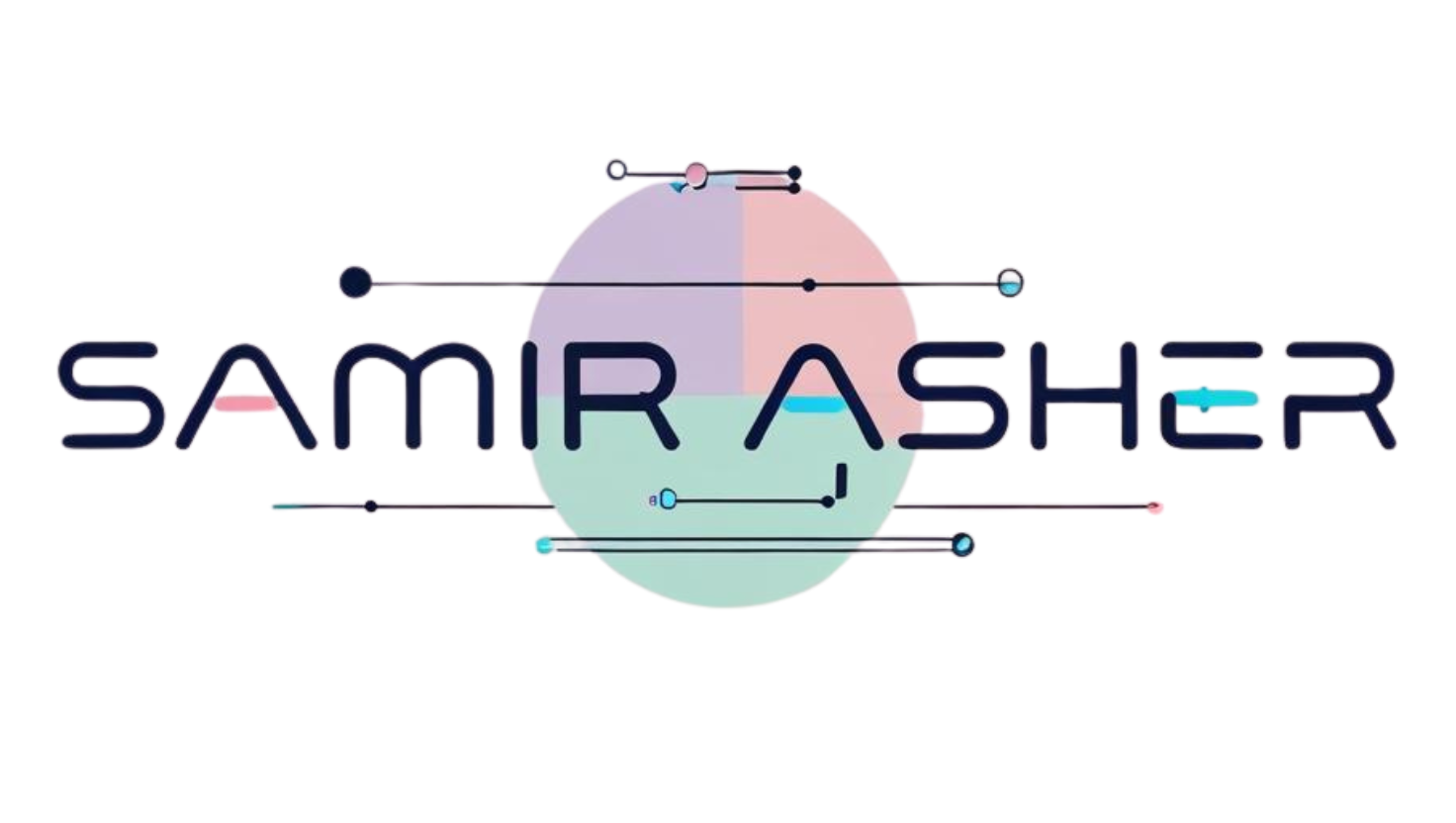Remember the first time you opened Google Maps and it magically knew your work and home addresses? It was almost unsettling. Like the app had been quietly observing, picking up your routine without ever asking. And yet, you didn’t object. Because it helped.
That’s the quiet revolution of AI in design. It no longer delivers generic layouts or one-size-fits-all interfaces. Instead, it adapts. It molds itself around us like a good conversation—fluid, personal, and surprisingly intuitive.
We’ve left behind the age of digital design that talks at everyone. We’ve stepped into an era where design learns to speak to you.
From Loud Broadcasts to Gentle Nudges
For years, digital experiences were like billboards on a highway. Loud. Flashy. Meant for everyone, and yet somehow perfect for no one.
Today, it’s different.
AI has taught design how to listen. Not just to clicks or scrolls, but to intention. To hesitation. To context.
A returning customer sees a curated homepage. A new visitor gets an introductory guide. A user browsing at midnight sees different suggestions than someone visiting at noon. The experience evolves in real time, almost like magic. But it’s not magic—it’s machine learning.
And that shift? It feels emotional. Users don’t just use the product. They feel recognized by it.
In a world full of noise, this kind of quiet personalization is gold.
How AI Understands You Without Asking
Every click, every pause, every scroll carries a story. AI is trained to listen to those stories.
It doesn’t just look at what you did. It tries to understand why you did it. Did you linger on the pricing section? Did you return to the same product three times without buying? Did you drop off during checkout?
Now imagine two people opening the same shopping app.
One loves earthy, minimalist fashion. The other lives for bold colors and edgy cuts.
With traditional design, both users get the same display. Same layout. Same recommendations.
With AI in the mix, things change. The minimalist gets linen shirts and neutral tones. The other sees metallic jackets and limited edition sneakers.
Same app. Entirely different journeys.
AI uses behavior as a canvas, painting experiences that feel tailor-made without ever asking for your preferences outright.
The Beauty of Micro-Moments
Ever had Spotify queue up a playlist that matched your mood perfectly? Or Amazon suggest the exact thing you didn’t know you needed? These are not big gestures. They’re small nudges. Micro-moments.
And these micro-moments add up. They tell the user, “We see you.” Not in a surveillance kind of way. In a thoughtful, curated way.
Design powered by AI is less about the layout and more about the timing. Less about buttons, more about empathy. It delivers the right thing, at the right moment, in the right tone.
That’s not just convenience. That’s emotional design.
Duolingo: The Owl That Knows You Better Than You Know Yourself
Take Duolingo, for example. On the surface, it’s a playful language learning app. But behind the scenes, it’s a finely tuned AI engine.
It observes how often you practice, where you stumble, how quickly you give up, and what motivates you. Then it reshapes your learning path on the fly.
If you missed two days, it sends reminders with a sad little owl. If you’re on a streak, it celebrates you like you just won a gold medal. If you struggle with conjugation, it throws in more practice. If you breeze through vocabulary, it challenges you with new formats.
The app never tells you it’s adapting. But it is. Quietly. Constantly.
That’s not a product. That’s a companion.
Static Design is Fading Away
Let’s be honest. Traditional design is fixed. It’s a painting. Once done, it doesn’t change.
AI design is more like music. It flows. It responds. It improvises.
This shift means that two users visiting the same site might see entirely different content, structures, or calls to action. A frequent shopper sees one layout. A first-time visitor sees another. A visually impaired user gets enhanced readability without toggling a single setting.
Design is no longer a snapshot. It’s a living organism.
And that opens up a whole new world of creative possibilities.
Walking the Fine Line Between Personal and Creepy
But with personalization comes responsibility.
There’s a difference between thoughtful design and intrusive design. Between helpful and manipulative.
A good AI system knows when to step forward. A better one knows when to step back.
Designers need to balance personalization with transparency. Let users know what data is being used. Give them the ability to opt out. Empower them to control their own experience.
Because trust is fragile. Once lost, it’s hard to earn back.
AI-driven design must always lead with empathy, not exploitation.
Designing for a Million, One at a Time
In the past, designers worked with personas. User A was a 35-year-old tech enthusiast. User B was a busy mom. These were templates. Rough guesses.
AI doesn’t guess.
It watches. It listens. It learns.
Instead of designing for a group, we now design for an individual. And then another. And another.
The layout adjusts. The content shifts. The tone evolves.
This isn’t about tricking users into clicking. It’s about creating an experience that feels natural. Comfortable. Familiar.
One user might prefer video explainers. Another might want text-based guides. One might respond well to reviews. Another might need product demos.
AI makes it possible to serve all of them—without compromise.
The Emotional Power of Feeling Understood
Let’s zoom out.
Why does any of this matter?
Because people remember how a product made them feel. Not what it looked like. Not how many features it had. But how it made them feel.
Design backed by AI creates a space where users feel noticed. Where they feel in control. Where they feel like this product was made just for them.
That kind of design builds loyalty. It builds love. It becomes part of someone’s life, not just part of their screen.
And that is powerful.
The Road Ahead
So, where does this lead us?
We’re moving toward design that doesn’t just respond to input. It predicts need. It adapts without instruction. It grows with the user.
Designers will no longer be tasked with building static templates. They will create systems that learn, evolve, and thrive in real time.
It’s less about getting every pixel perfect, and more about making every moment feel right.
And in that future, users won’t just browse.
They’ll journey.
Each one, on their own unique path. Crafted not by chance, but by code. Guided by intelligence. Wrapped in empathy.
And maybe, just maybe, they’ll feel a little less like users and a little more like humans.

